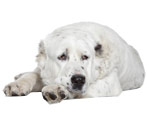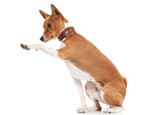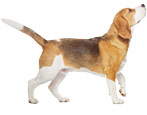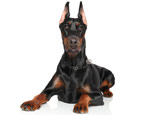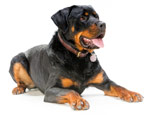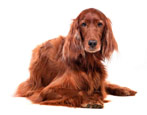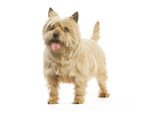Walking dogs: characteristics, selection and content

Many dog breeders dream of rare breeds. These include walking dogs. These are amazing dogs that are distinguished by a docile disposition and boundless courage. In Russia, this breed is quite rare. But breeders of stately pets note the high intelligence and excellent performance of animals.

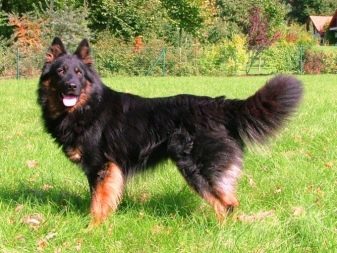
External characteristics
The walking dog has other names, for example, the Czech shepherd dog and the Bohemian shepherd dog. Their ancestors, most likely, were old German shepherd dogs and gypsy shepherd dogs. Some breeders mistakenly think that walking dogs are a kind of "German". However, it is not. This breed originates from the Czech Republic and has its own history of origin.
For a long time, the ancestors of the Czech Shepherd's Shepherd Dog were used to guard livestock and to hunt wild animals. This breed received official recognition only in the mid-80s of the last century, and the breed standard appeared in 1997.

Today the dogs of Hodk are very popular not only in the Czech Republic, but also abroad. The Bohemian dog is classified as a universal breed. Dogs have high intelligence and good health.
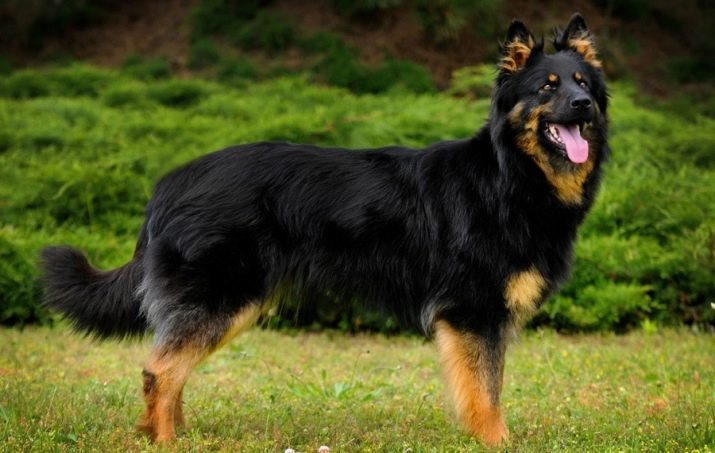
The Czech Shepherd Dog is known for its strong muscular build. Thanks to their thick fur with a dense undercoat, the dogs are perfectly adapted to "street" life, even in regions where low temperatures prevail. As a rule, males are larger than "girls". Their height at the withers is up to 60 cm. Walking dogs weigh from 20 to 30 kg.


The distinctive features of this breed include:
- powerful wedge-shaped head;
- dense lips and strong proportional jaws;
- almond-shaped, expressive eyes of dark color;
- neat protruding ears (cropping is not provided), covered with thick wavy hair;
- strong, well-developed limbs;
- easy unhurried gait;
- dense saber tail.
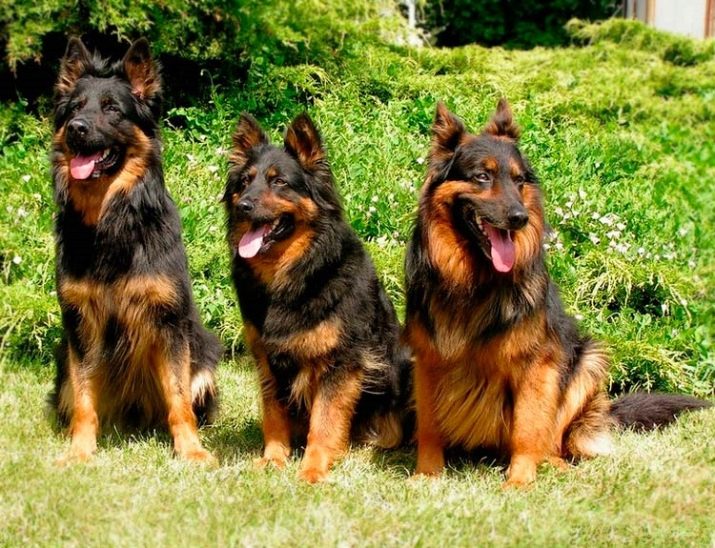
The body of animals has no folds, and the skin is painted black or dark gray. Short hair is present only on the muzzle and the front of the legs. According to the standard, the topcoat should be straight or wavy and the undercoat should be dense and dense. The most common color is black and tan. The main dark tone has a cold tint. Orange markings are located under the eyes, on the ears, chest and feet.
These dogs are quite rare for Russian breeders. The reason is that the breed has not yet received the recognition of the International Cynological Association.
But other dog breeders living on the territory of the Russian Federation do not refuse this breed and turn to Czech breeders.

Temperament
The described dog is a loyal friend and brave defender. She is active and curious. She gets along well with small households and is ready to play for hours with her favorite toy. Easy to train and instantly remembers multiple commands. NSWith competent upbringing, Bohemian Shepherd puppies quickly get used to discipline and do not show aggression towards other animals.
However, these dogs are extremely distrustful of strangers, but if the owner "gives the go-ahead" to communicate with a stranger, then the dog changes its attitude and shows friendliness. As a rule, a four-legged pet is strongly attached to the owner and cannot stand prolonged loneliness. In addition, you should not show aggression towards these animals. Experienced dog handlers are sure that it will be possible to "negotiate" with such pets without raising their voices.
Czech shepherd dogs love outdoor games and enjoy running after a stick or a ball.
For this breed, space is important, therefore, most often, owners of private houses give birth to walking dogs. As for a city apartment, the pet needs a warm, cozy place and long walks in the fresh air.



Choice
It is best to purchase Bohemian Shepherd puppies in proven kennels with appropriate documentation. It will be possible to take the baby into the house during the "transition period". Healthy walking dog puppies begin to walk at 3 weeks of age. By this time, the "fluffies" show interest in the world around them and learn to eat independently.
Males have a less docile disposition than females. "Boys" are quite capricious and need an authoritative owner. Too gentle upbringing of a guard dog can lead to unexpected consequences: the dog will become uncontrollable and will show unreasonable aggression towards household members. Bitches have a calm disposition and are easy to train.
Note that puppies of a walking dog are able to change color after the first molt, so you should not make hasty conclusions about the color of the animal's coat at a young age.


Content
Thanks to their thick coat, Bohemian Shepherd Dogs are perfectly adapted to life in the courtyard of a private house. However, fur requires careful maintenance. The pet is combed out 1-2 times a week using a special brush. Note that the territory in which such a dog lives must be clean and well-groomed. The animal's hair gets dirty quickly, clinging to dry leaves and small branches from the ground.
Dogs are bathed as needed (2-3 times a year) using special shampoos. Hygiene of ears, teeth and eyes is equally important. If an unpleasant odor and increased salivation from the pet's oral cavity appears, it must be immediately shown to the veterinarian.
Ears and eyes should be clean with no suspicious discharge. In most cases, the claws of the Hodskih dogs are grinded off naturally.
However, constant monitoring is important for them, otherwise the dog will experience painful sensations when walking, which will lead to sad consequences.
Bohemian Shepherd Dogs' diet should be varied and balanced. Natural products and premium industrial feed for medium and large breeds are suitable for the pet. And also do not forget about additional vitamin and mineral supplements. The main product for dogs is fresh lean meat (no more than 60%), and the rest of the diet is cereals, dairy products, raw eggs, herbs and vegetables.
Cynologists advise feeding adult dogs 2 times a day. Overfeeding the animal is not recommended, as obesity can lead to the death of the pet.


Health
Bohemian Shepherds are strong and hardy animals. The average lifespan of four-legged friends is 13 to 15 years. The Hodskiy dog is prone to ear and joint diseases. This breed needs regular veterinary visits. The specialist will identify this or that disease at the initial stage and select the correct treatment.

For more information on walking dogs, see the next video.


